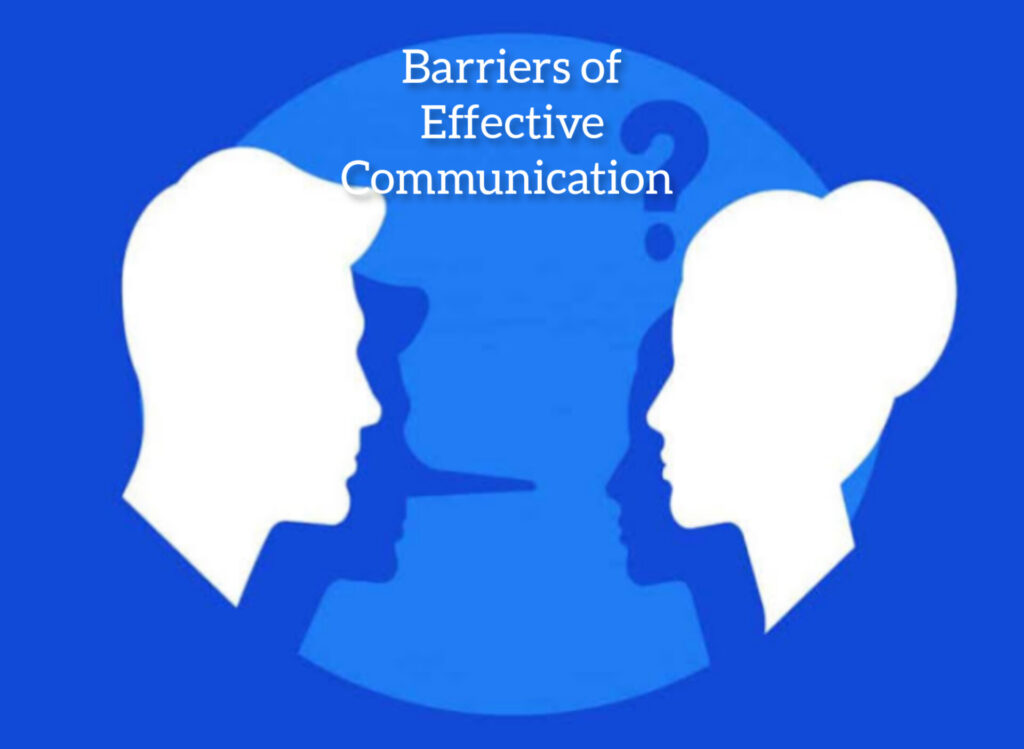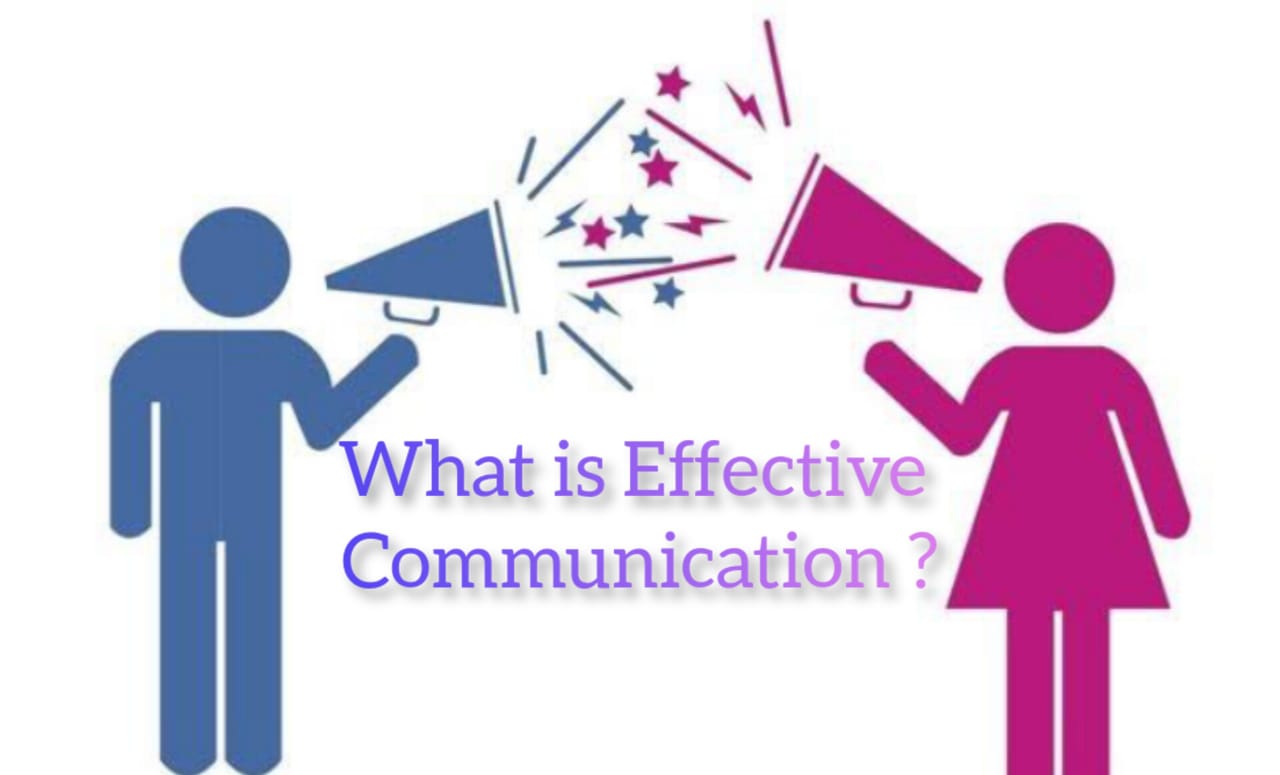What is Effective Communication?
Effective Communication takes place only when the listener clearly understand the message. That the speakers intended to send.
3 Ways:
- Message must be delivered clearly.
- Listener must be active listener.
- Applicable to both written and verbal.
10 Barriers to Effective Communication:

Here we Discuss about the barriers which are Effected our Communication.
- Physical Barriers
- Attitudes
- Language
- Physiological Barriers
- Problems With Structure Design
- Cultural Noise
- Lack of Common Experience
1. Physical Barriers:
These are such things as inadequate equipment. Such as outdated computers phones with poor signals, background noise, poor lighting, temperatures that are too hot or too cold, tangible items that may interfer with communication efforts.
2. Attitudes:
Sometimes strong emotions like anger or sadness can taint your objectivity being extremely nervous having a personal agenda or asserting a need to win the argument can make communications less than effective. Such interfering emotions are also known as emotional noise.
3. Language:
This may seems like a minor obstacle. But even people who speak the same native language can have difficulty understanding each other. If they are different generations or different regions of the same country. Slang, Professional jargon and regional colloquialisms can hurt communicators with even the best intentions.
4. Physiological Barriers:
I’ll health, poor eyesight, hearing difficulties, and pain are all physiological obstacles to effective communication.
5. Problems with structure design:
Companies or institution can have unclear organizational structures making communications difficult. Bad information systems, lack of supervision, & employee training are also to blame for faulty communications.
6. Cultural noise:
People sometimes make assumptions about others based on their cultural background and associated stereotypes.
7. Lack of Common Experience:
It’s a great idea to use examples or stories to explain or enhance a point. However if others cannot relate to these examples. Because they deny have the same knowledge or shared experiences then this tool will be ineffective.
8. Ambiguity and Overuse of Abstractions:
Leaving things has said or using too many generalizations proverbs or sayings can lead to lack of clarity which in turns lends itself to misinterpretation.
9. Information Overload:
It takes time to process large quantities of information and too many details can overwhelm and distract the audience from the important.
10. Jumping to conclusions:
Making assumptions before listening to all the facts can be problematic in the least and catastrophic at worst.
For Read more Articles & Blogs Click Here. https://www.aamwork.com


